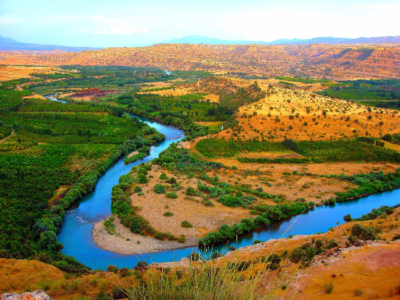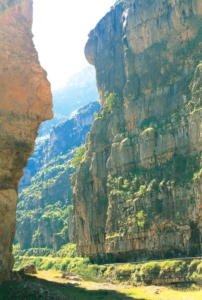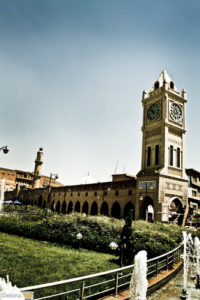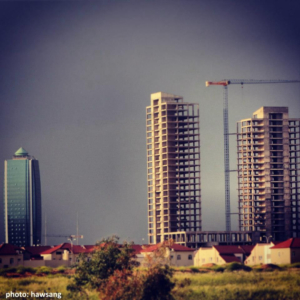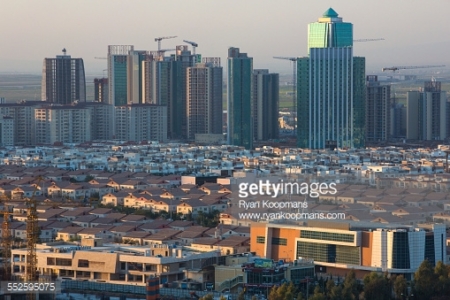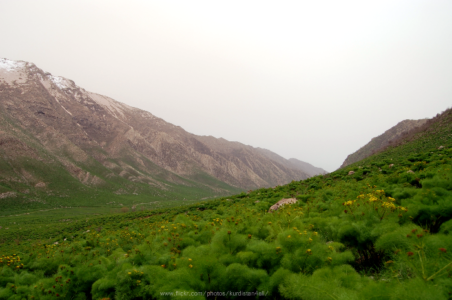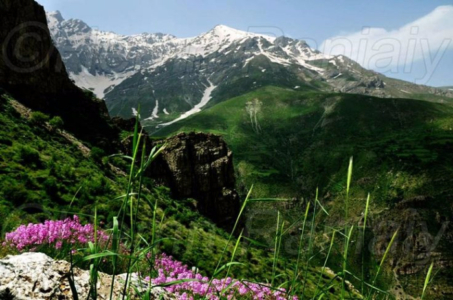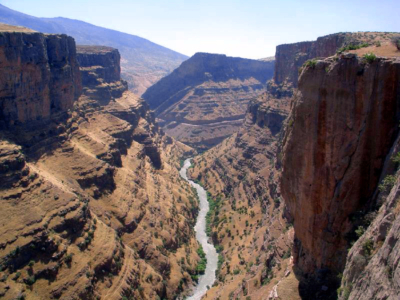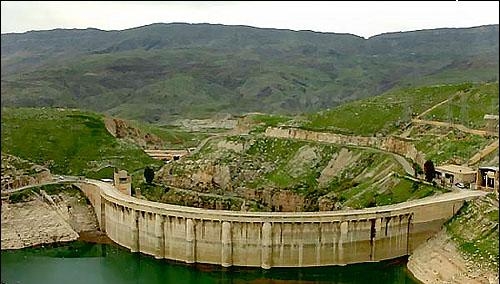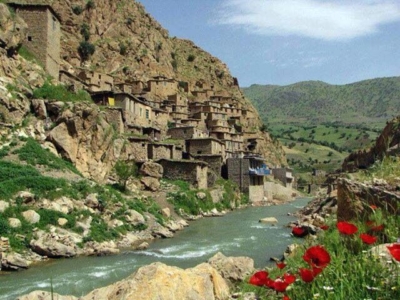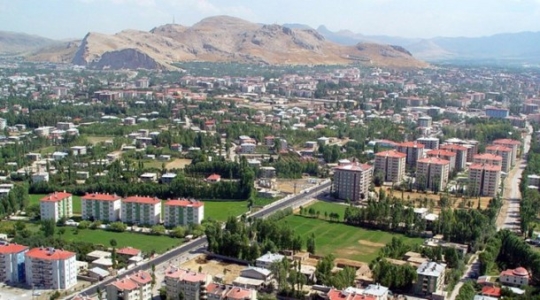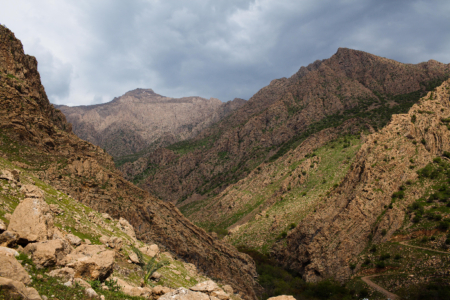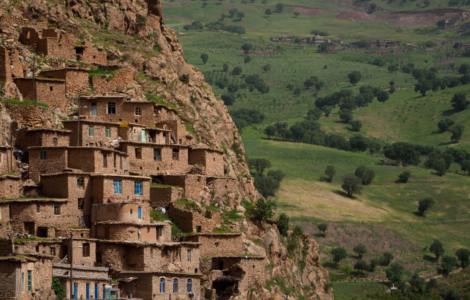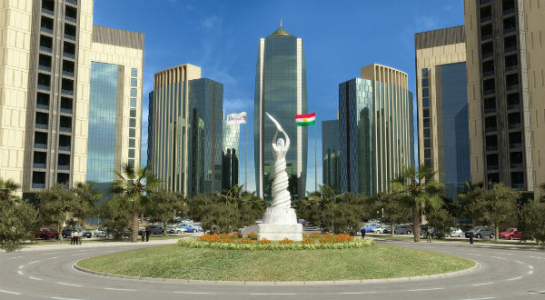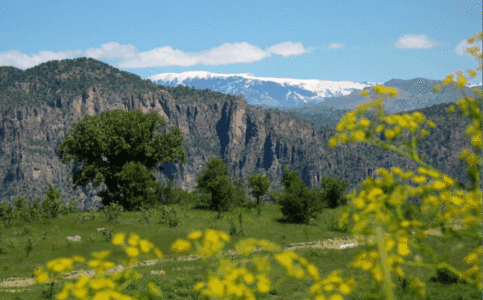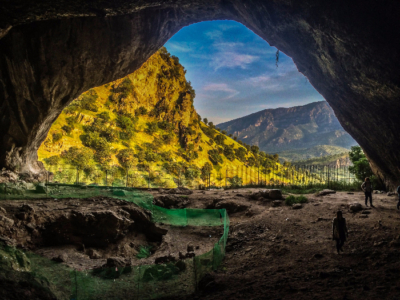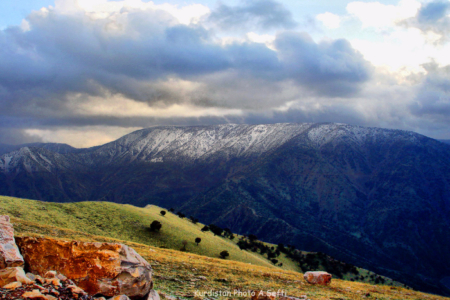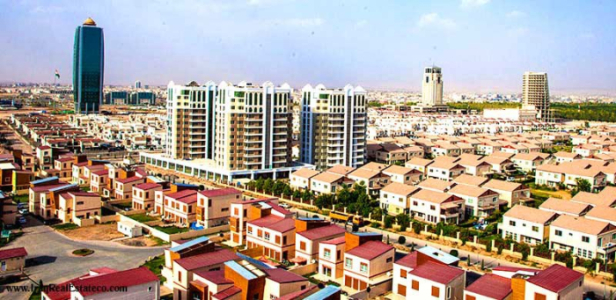Iraq’s Hidden Natural Beauty
Kurdistan is the northern province of Iraq. It has a regional assembly that consists of 111 seats. The new Iraqi constitution defines Iraqi Kurdistan as a federal entity of Iraq, and establishes Arabic and Kurdish as Iraq’s joint official languages. The four governorates of Duhok, Hawler, Silemani, and Halabja comprise around 40,000 square kilometres (15,000 sq mi) and have a population of 8.35 million (2013 estimate).
Although Kurdish is considered the number one minority in Iraq, in Kurdistan the majority are kurds with some diverse large ethnic minorities: Arabs, Assyrians, Turkmens, Shabaks and Yezidis.
The Kurdistan Region is largely mountainous, with the highest point being a 3,611 m (11,847 ft) point known locally as Cheekha Dar (black tent). The mountains are part of the larger Zagros mountain range. There are many rivers flowing and running through mountains of the region making it distinguished by its fertile lands, plentiful water, picturesque nature. The Great Zab and the Little Zab flow from the east to the west in the region. The Tigris river enters Iraq from the Kurdistan Region after flowing from Turkey.
The mountainous nature of Iraqi Kurdistan, the difference of temperatures in its various parts, and its wealth of waters, forests, and fertile valleys make Kurdistan a land of agriculture and tourism. In addition to great mineral deposits. The largest lake in the region is Lake Dukan. In addition, there are several smaller lakes such as the Mosul Dam Lake.
PREHISTORIC TIMES
The region was home to a Neanderthal culture such as has been found at the Shanidar Cave. The region was host to the Jarmo culture circa 7000 BC. The earliest neolithic site in Kurdistan is at Tell Hassuna, the center of the Hassuna culture, circa 6000 BC. The region was inhabited by the northern branch of the Akkadians, later known as Assyrians, and Hurrians. It was ruled by the Akkadian Empire from 2334 BC until 2154 BC. Assyrian kings are attested from the 23rd century BC according to the Assyrian King List, and Assyrian city-states such as Ashur and Ekallatum started appearing in the region from the mid-21st century BC. Prior to the rule of king Ushpia circa 2030 BC, the city of Ashur appears to have been a regional administrative center of the Akkadian Empire, subject to their fellow Akkadian Sargon and his successors. Large cities were built by the Assyrians, including Ashur, Nineveh, Guzana, Arrapkha, Imgur-Enlil (Balawat), Shubat-Enlil and Kalhu (Calah / Nimrud). One of the major Assyrian cities in the area, Erbil (Arba-Ilu), was noted for its distinctive cult of Ishtar, and the city was called “the Lady of Ishtar” by its Assyrian inhabitants. The Assyrians ruled the region from the 21st century BC. The region was known as Assyria, and was the center of various Assyrian empires (particularly during the periods 1813-1754 BC, 1385-1076 BC and the Neo Assyrian Empire of 911-608 BC. Between 612 and 605 BC, the Assyrian empire fell and it passed to the Neo-Babylonians and later became part of the Athura Satrap within the Achaemenian Empire from 539 to 332 BC, where it was known as Athura, the Achaemenid name for Assyria. The region fell to Alexander The Great in 332 BC and was thereafter ruled by the Greek Seleucid Empire until the mid 2nd century BC (and was renamed Syria, a Greek corruption of Assyria), when it fell to Mithridates I of Parthia. The Assyrian semi-independent kingdom of Adiabene was centered in Erbil in the first Christian centuries. Later, the region was incorporated by the Romans as the Roman Assyria province but shortly retaken by the Sassanids who established the Satrap of Assuristan (Sassanid Assyria) in it until the Arab Islamic conquest. The region became a center of the Assyrian Church of the East and a flourishing Syriac literary tradition during Sassanid rule.
ISLAMIC PERIOD
The region was conquered by Arab Muslims in the mid 7th century AD, Assyria was dissolved as a geo-political entity (although Assyrians remain in the area to this day), and the area made part of the Muslim Arab Rashiduns, Umayyads, and later the Abbasid Caliphates, before becoming part of various Turkic, and Mongol emirates. Between the 16th and 17th century the area nowadays known as Iraqi Kurdistan, (formerly ruled by three principalities of Baban, Badinan and Soran) was continuously passed on and forward between the arch rivals the Safavids, and the Ottomans, until the Ottomans managed to seize power in the region starting from the mid 17th century, up to the early 18th century when it was shortly passed to the Iranian Afsharids led by Nader Shah. Following Nader’s death in 1831, direct Ottoman rule was imposed which lasted until World War I when the Ottomans were defeated by the British; afterwards their influence increased vastly in the region following the First World War.
KURDISTAN PROVINCE
Following the Sykes–Picot Agreement of 1916 . British were to have partial control of Mesopotamia. Later the borders between the French and British parts of Mesopotamia were reshaped which ceded the Kurdish mountains to the new state of Iraq. Since then, Kurdistan was a recognized provincial entity of the sovereign State of Iraq. Since 1921, under the Monarchy, and throughout the various successions of governments till 2003, it was given complete cultural freedom and recognition within the fabric of Iraqi culture and society. It played and still play a prominent role in all aspects of the Modern Iraqi society. Since 1991, the province began to draw more international attention and gain more strategic importance. Now the region has become a hub for foreign investments and tourism due to its prosperous economy and relative stability.
